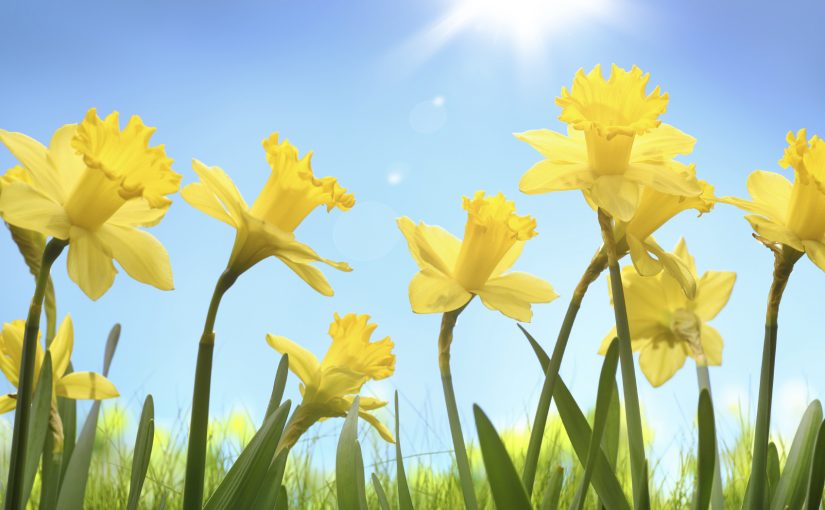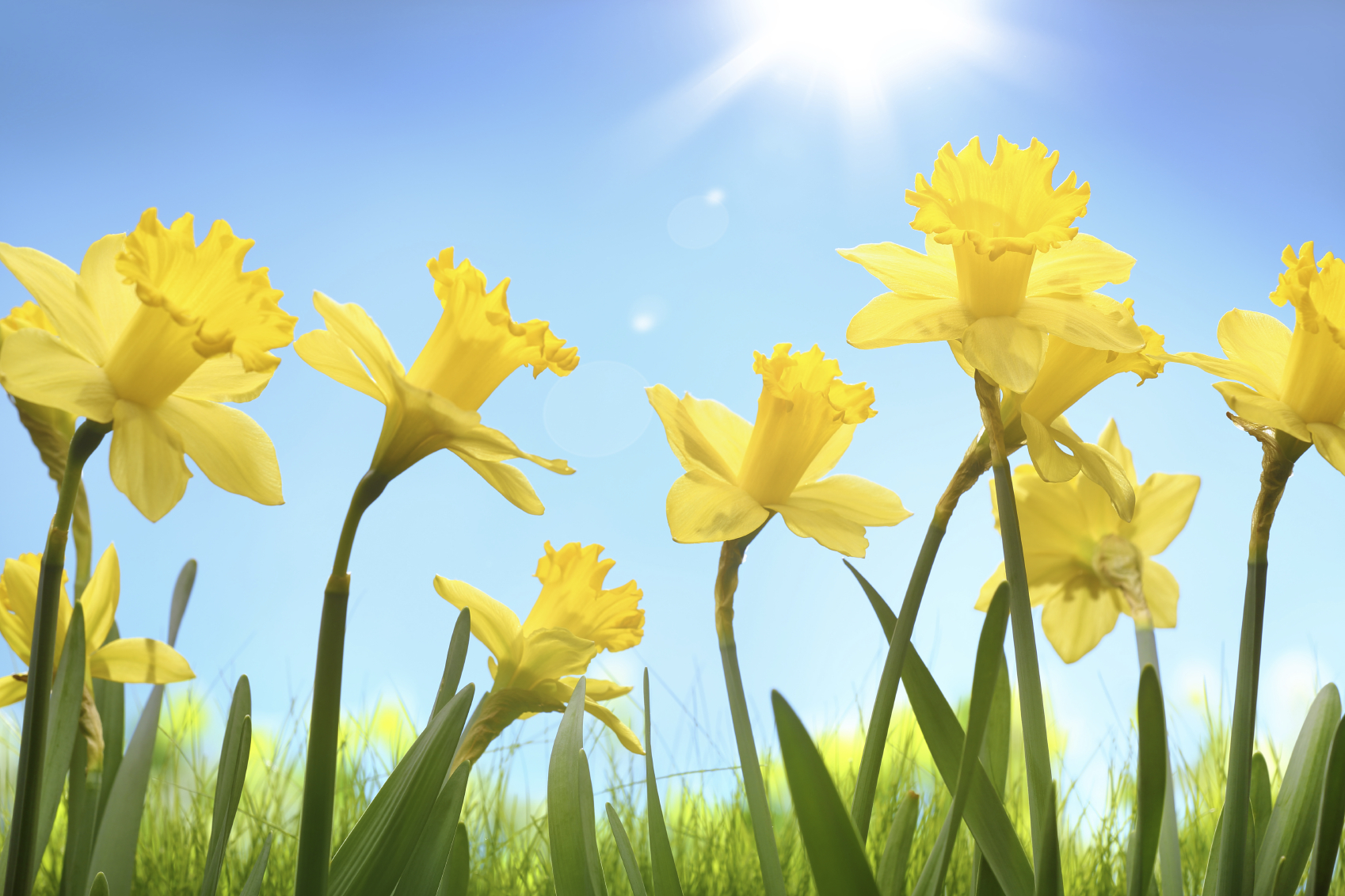June birth flower is the rose. Its sweet fragrance and timeless beauty of the rose announces the beginning of summer like no other flower. The name “rose” is derived from the Latin word rosa. Roses have been cherished for their beauty and fragrance for centuries.
ROSES IN HISTORY
Most people believe that roses were first cultivated around the Caspian Sea or Gulf of Persia millions of years ago. The ancient Greeks and Romans identified roses with love and passion beginning with their association with the goddesses Aphrodite, Isis and Venus. Cleopatra is said to have received Marc Anthony in a room filled literally knee-deep with roses.








